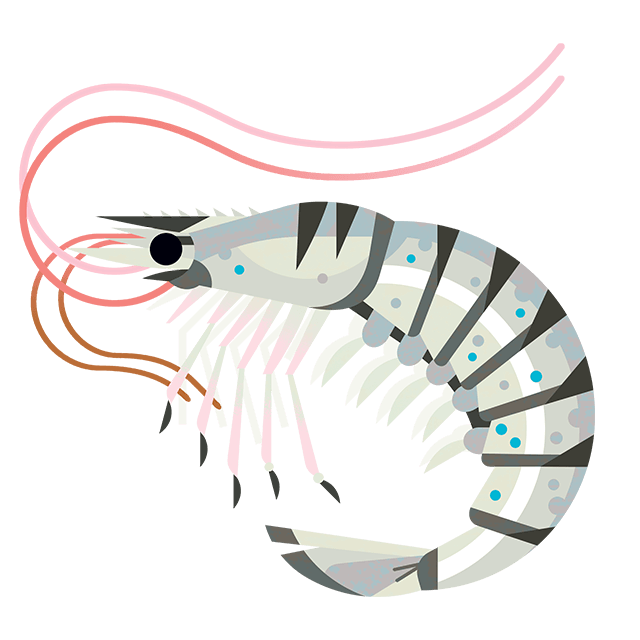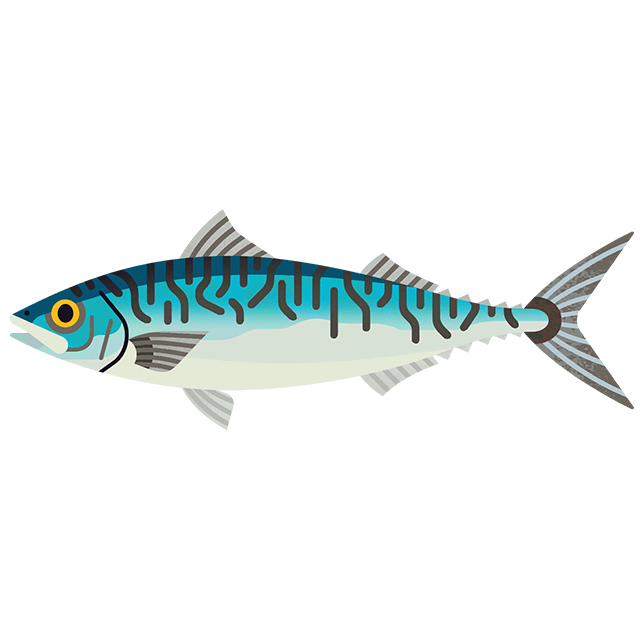
New seafood ratings show fish to avoid to protect ocean
3 minute read
The new ratings show what seafood you should be avoiding to protect the ocean, and which are sustainable swaps with our latest update to the Good Fish Guide.
Today we released the latest update to our Good Fish Guide ratings, with new guidance on what seafood we should and shouldn’t be opting for.
Our experts have been busy behind the scenes analysing scientific data to keep our simple traffic light seafood ratings as up to date as possible. We now have ratings for more than 120 different species, covering over 600 individual ratings for fish and shellfish.
The Good Fish Guide looks at the species, location and fishing or farming method for hundreds of different types of seafood to identify green Best Choice options and red Fish to Avoid so that you can make an easy sustainable choice.
Some positive sustainability improvements
Charlotte Coombes, Good Fish Guide Manager, said: “The latest ratings update for the Good Fish Guide really highlights the impact of poorly managed fisheries on the state of our seas, with so many new ratings going straight onto our Fish to Avoid list. However, there are glimmers of hope, with 20 ratings improving in the latest update, showing that where good management exists, we can recover our seas.”
We’ve seen 20 ratings improve in the latest update, with English farmed scallops and English Channel sprat (which often is called whitebait on restaurant menus) joining the Best Choice list.
Other green rated seafood retaining a Best Choice status are hake, hand dived scallops, Icelandic coley, and plaice caught in various locations around the English coast.
It's time to swap some old favourites
Did you know that 80% of the seafood consumed in the UK is made up of just five species: cod, haddock, salmon, tuna and prawns? This isn’t sustainable and we want to change this.
Why not try hake, for example? This Best Choice white fish can easily be swapped instead of cod and haddock in recipes.
The Good Fish Guide also recommends swapping salmon for farmed trout. Many top chefs are already making the swap from salmon to trout, it’s versatile, meaty and flavourful.
As an alternative to prawns, farmed shellfish, mussels and oysters are really great green rated choice. Farmed, rope-grown mussels actually benefit UK seas, filtering out impurities and having very little impact on ocean habitats.
Take a look at the Good Fish Guide, download it direct to your phone and start making some sustainable swaps today.
Rigorously researched ratings
Every Good Fish Guide rating is carefully researched to help you choose sustainable seafood. Get started by searching for your favourite seafood.



